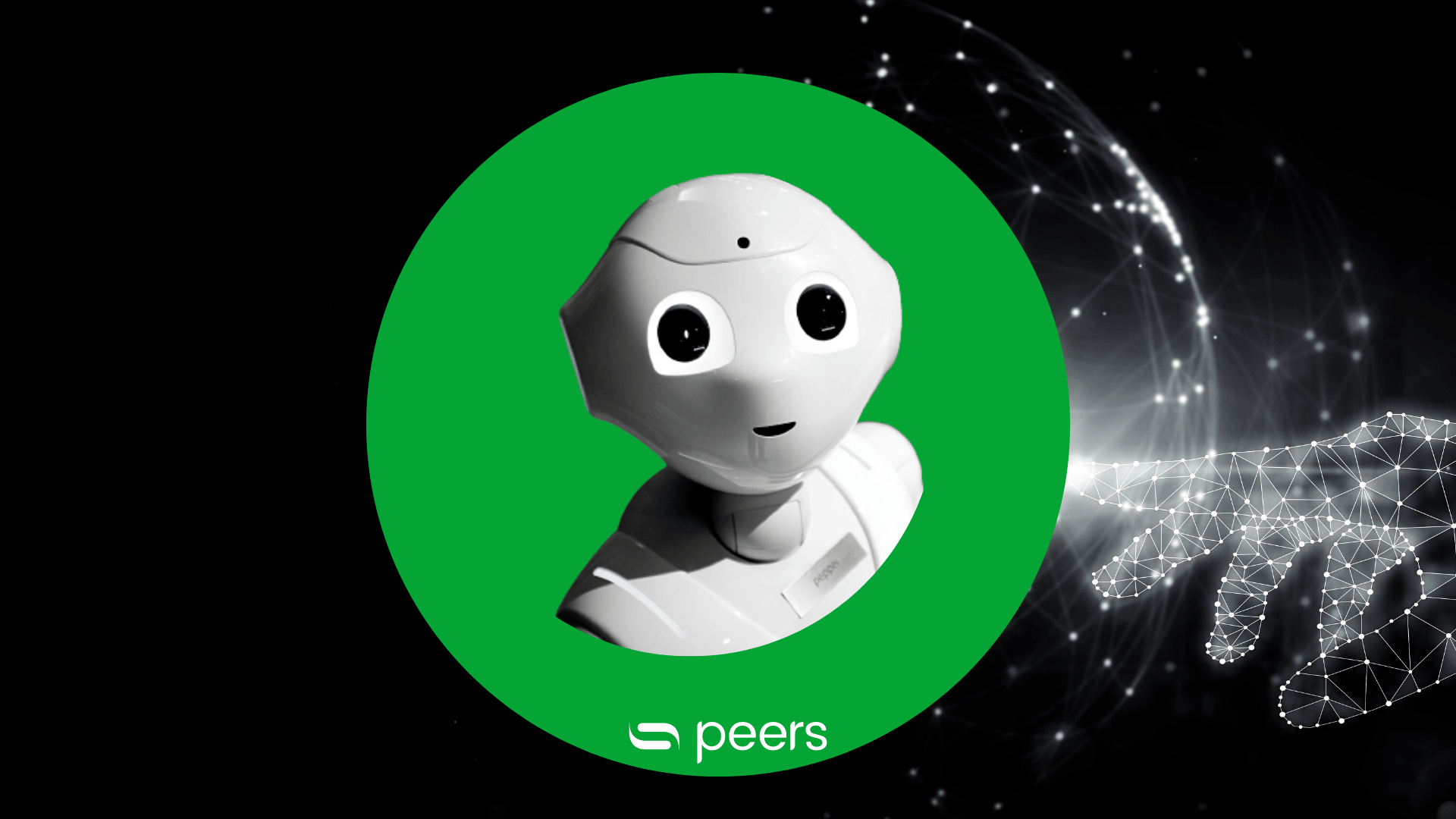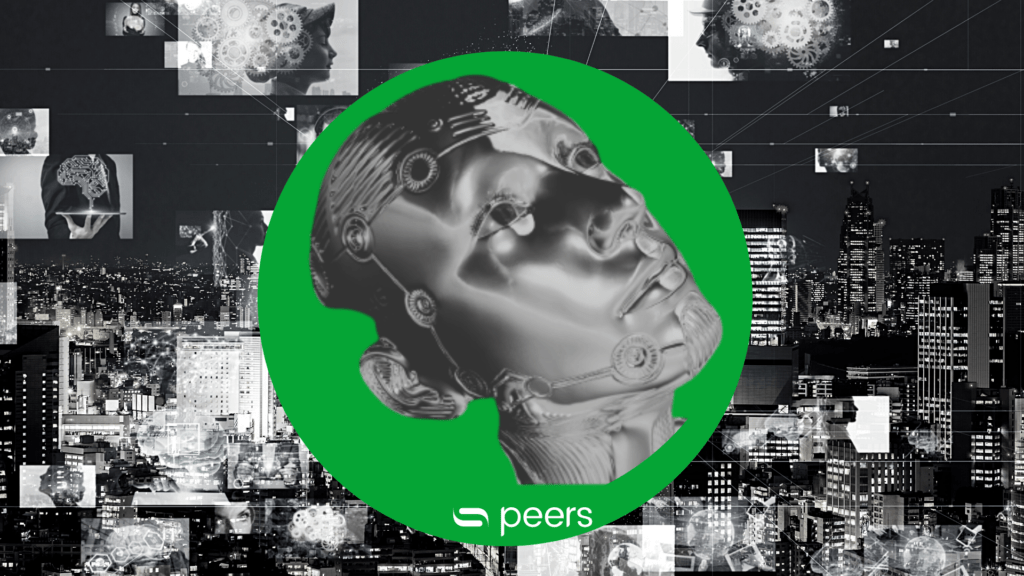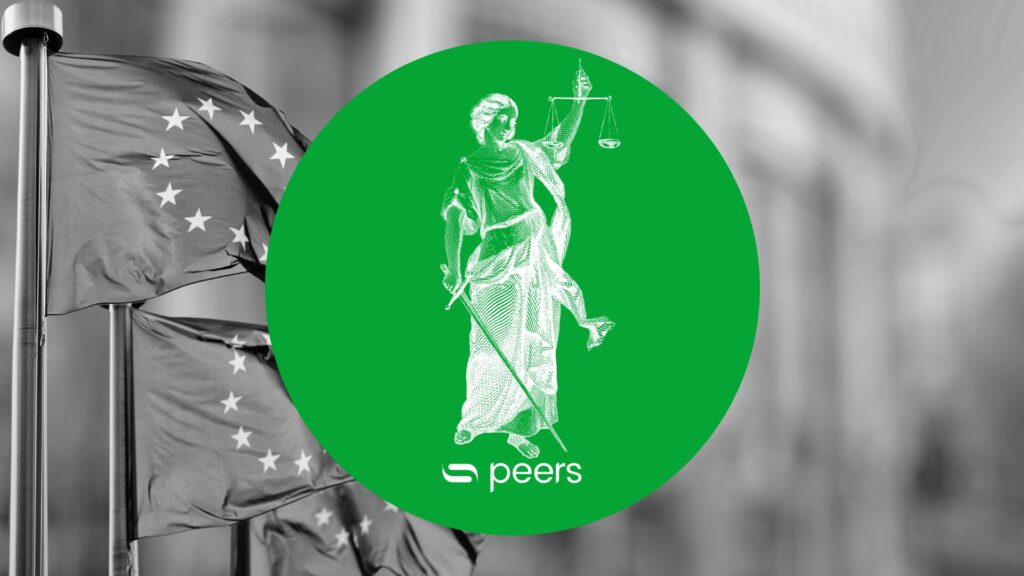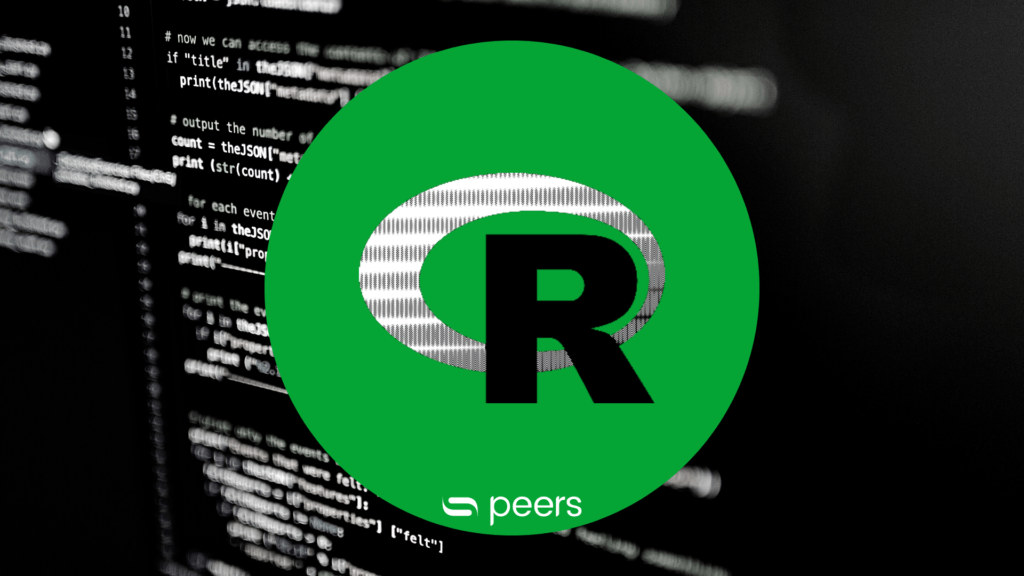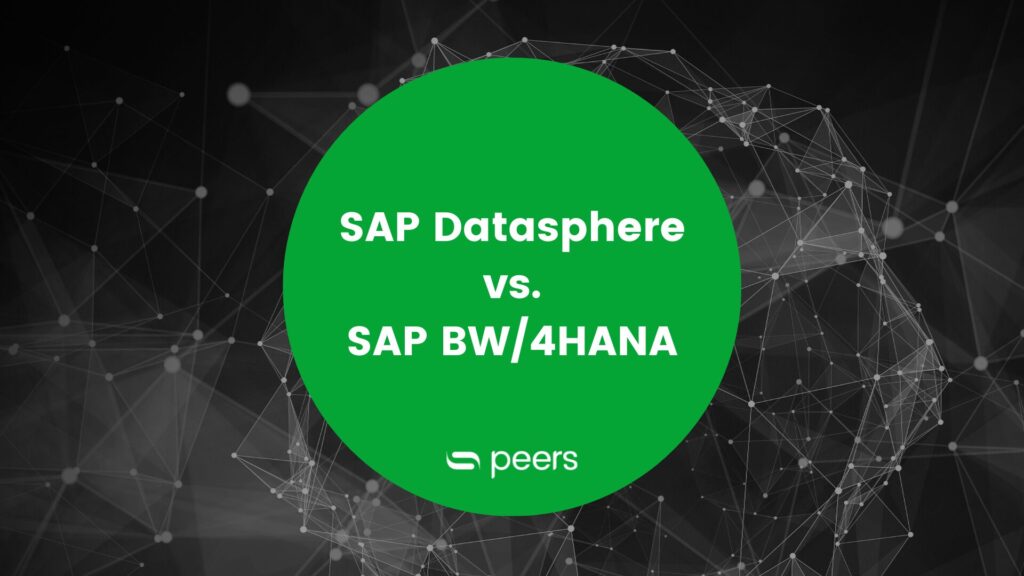What is Machine Learning (ML)?
- Data Science
- machine learning
- 3 min reading time

Francis Heep
What is Machine Learning (ML)?
Within the broad field of artificial intelligence, machine learning is an important subfield that can be divided into two main categories: supervised and unsupervised ML.
Supervised Learning
In supervised machine learning, the algorithm is provided with training data containing both the input information and the corresponding target information as input.
The model is trained on this labelled data set to recognize relationships and correlations between the data and the target variable provided.
An illustrative example of supervised machine learning is the classification of emails into spam or non-spam. A large number of emails with corresponding labels ("spam" or "non-spam") are sent to the algorithm as training data. The algorithm learns to recognize patterns from this data and is then able to automatically classify new, unlabeled emails as spam or non-spam.

In order to better calibrate the classification algorithm, the available data is divided into so-called training, validation and test sets. The training data set is used to train the model by learning patterns between the input data and the target values. The validation dataset enables fine-tuning of the model parameters and monitors performance during training to avoid overfitting.
The test set is used exclusively to evaluate the final performance of the trained model on independent data and to ensure that it makes generalizable predictions.

The following graph shows a confusion matrix, a tool for evaluating the performance of a classification model by showing the number of correctly and incorrectly classified examples for each class.

These can be used to calculate the two most important metrics of a classification: Recall and precision.
Precision measures the percentage of correctly classified examples in relation to the total number of examples, while recall (also called sensitivity) measures the percentage of correctly positive cases in relation to the total number of actual positive cases.
Using the example of spam email classification mentioned above:

Unsupervised Learning
In unsupervised machine learning, the algorithms are provided with training data that does not contain any target information (unlabeled). The model automatically recognizes patterns and structures in the data without a target variable being known or specified. This method is often used for data segmentation and discovering hidden correlations. Examples of unsupervised learning include segmentation analysis (clustering) and anomaly detection, which identifies unusual or deviant patterns in data that could deviate from normal behavior, such as the detection of fraudulent transactions in financial data in banking.
Reinforcement Learning
In reinforcement learning, the algorithm learns by interacting with an environment in which rewards or punishments are provided for its actions. The model continuously adapts its strategies to maximize long-term rewards. This method is used in various fields, including robotics, games and decision making.
Further information on the difference between artificial intelligence and machine learning can be found in this wiki article.
Know more?
Would you like to delve deeper into the topic of Machine Learning? We would be happy to talk to you about it in person - just get in touch with us!

Published by:

Francis Heep
Professional Analytics consultant

Francis Heep
How did you like the article?
How helpful was this post?
Click on a star to rate!
Average rating 5 / 5.
Number of ratings: 12
No votes so far! Be the first person to rate this post!
